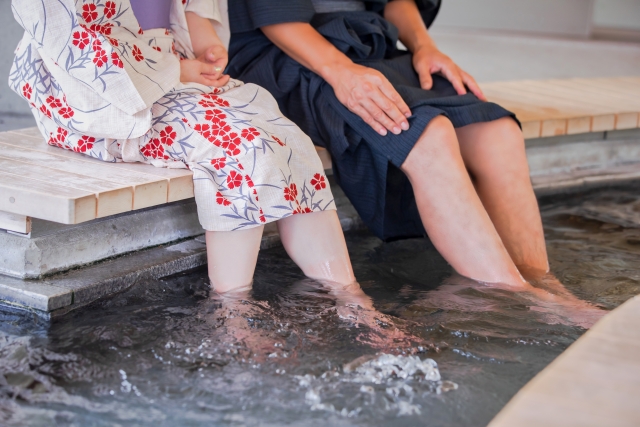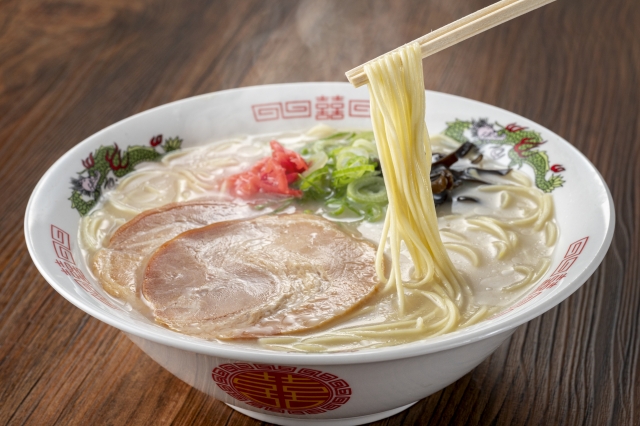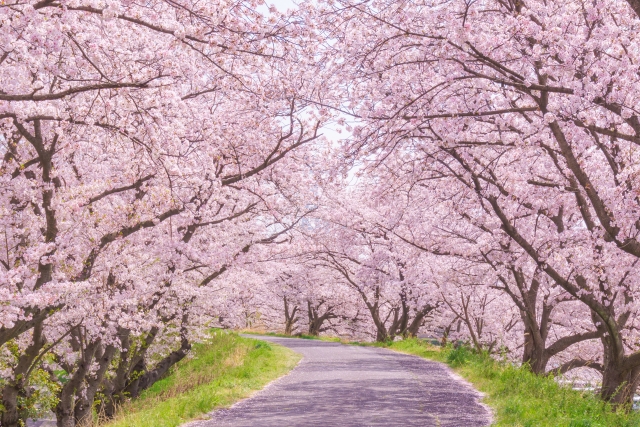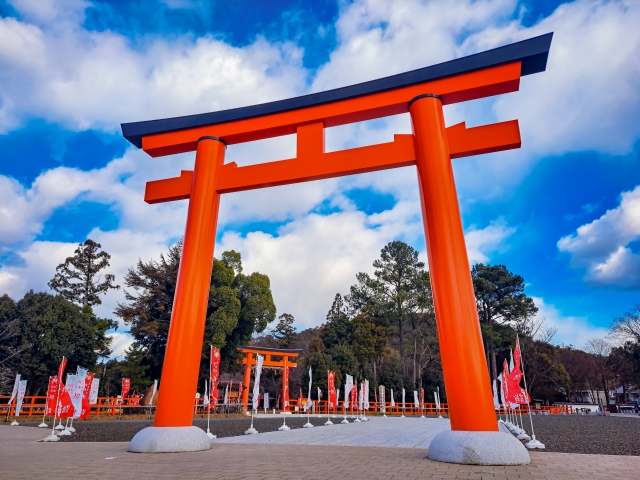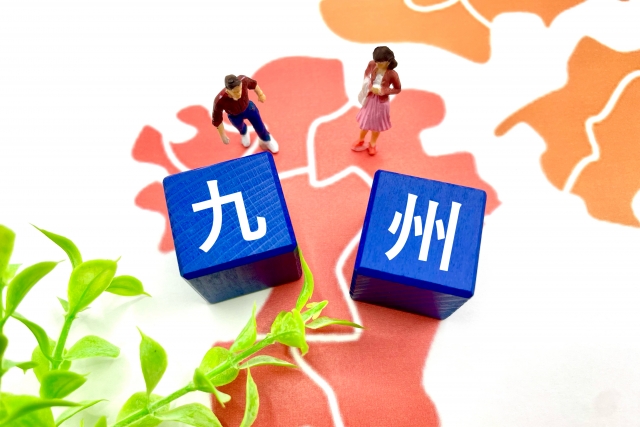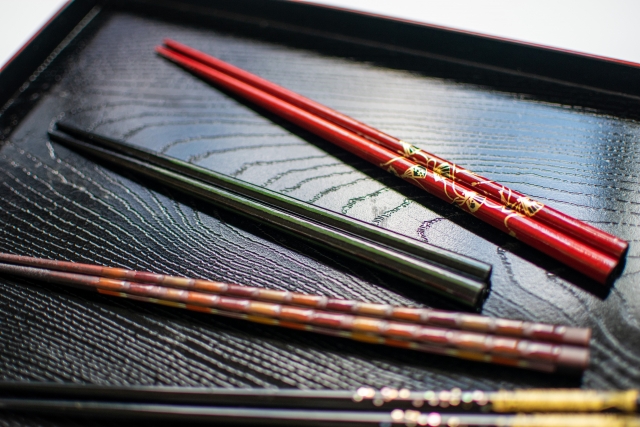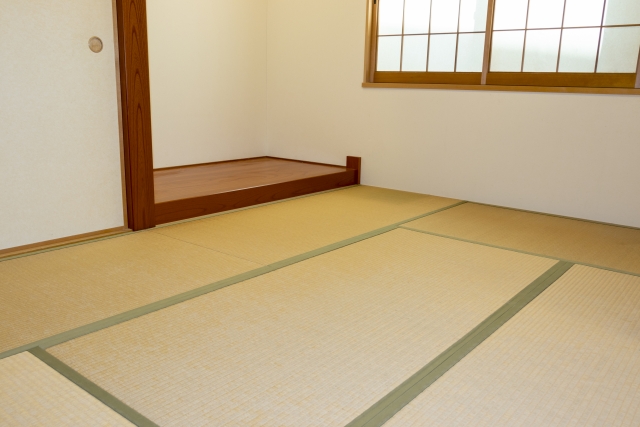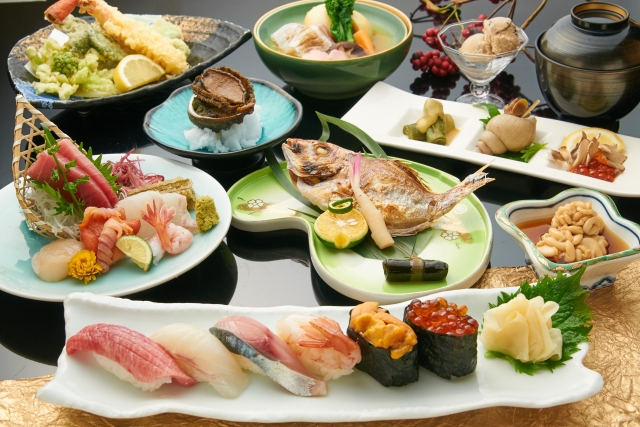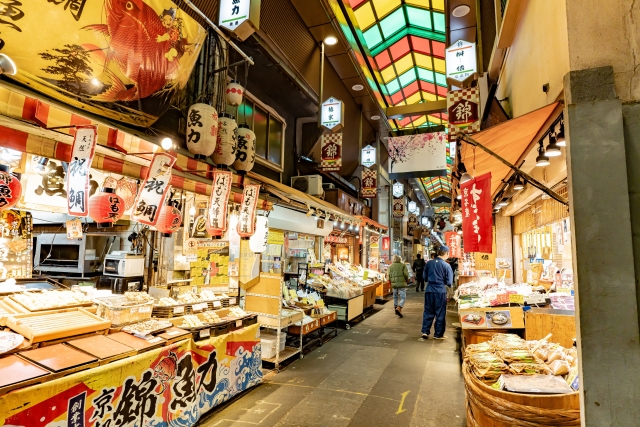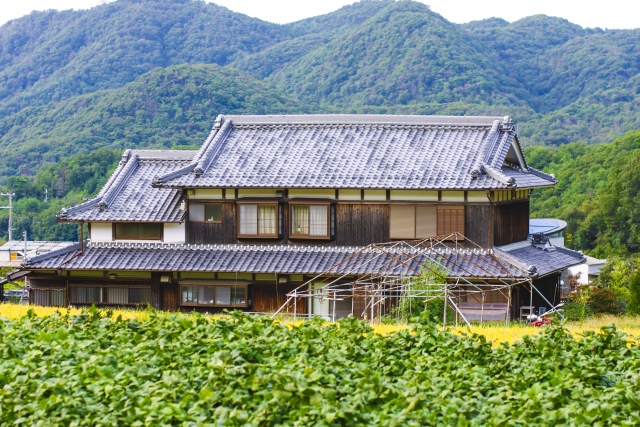In Japan, we use three different kinds of scripts such as kanji, hiragana, and katakana in our daily lives, but For those who are studying Japanese, kanji is probably the most difficult to learn. It is said that there are 3,000 kanji characters in common use alone, and each one has its own detailed meaning, so there are some people who end up failing at studying Japanese. However, even if you don’t memorize all of them, you can make new discoveries by learning Kanji. This is the appeal of studying kanji, isn’t it? In this article, I would like to introduce you to the origins of such kanji and how to read them.
Contents






